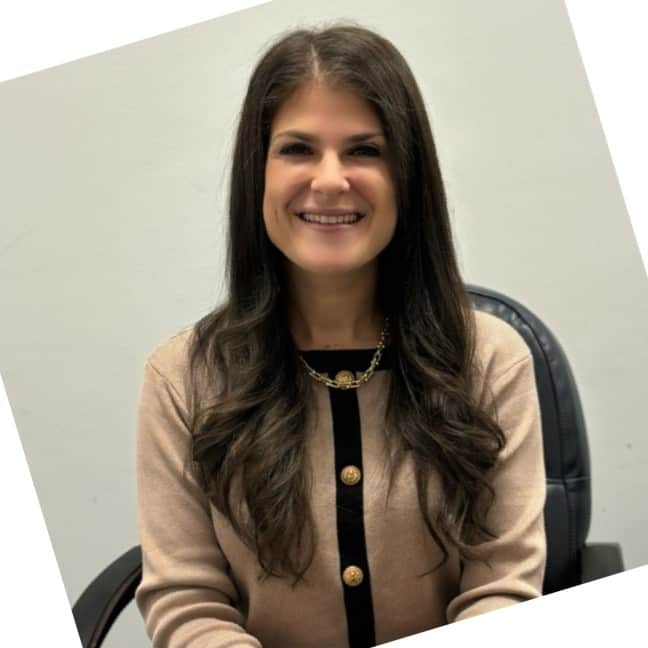The “Why” Behind Opioid Addiction
Opioids are among the most effective drugs for pain relief, which is why they are commonly prescribed to patients suffering from severe pain or recovering from surgery. However, while opioids can effectively manage pain, they are also highly addictive and have become a central part of the growing opioid crisis.
The National Institute on Drug Abuse reports that more than 2 million Americans abuse opioids. This epidemic has led to an alarming rise in opioid use disorder (OUD), opioid overdoses, and drug overdose deaths. Understanding why opioids are addictive, how drug addiction develops, and the available treatment options at Right Path Rehab can be critical steps toward recovery.
What Makes Opioids So Addictive?
According to the Substance Abuse and Mental Health Services Administration (SAMHSA), the addictive nature of opioids stems from the way they interact with the brain’s opioid receptors. When a person takes opioids, the drugs bind to these receptors in the brain, blocking pain signals and releasing a flood of dopamine. This neurotransmitter is responsible for feelings of pleasure and reward. The euphoric sensation that follows opioid use can lead to cravings for more of the drug, reinforcing a cycle of opioid use that is difficult to break.
Repeated opioid use alters the brain’s chemistry. Over time, the brain becomes accustomed to the presence of opioids, leading to physical dependence. At this stage, the brain and body have adapted to the drug, and stopping or reducing the dosage results in opioid withdrawal symptoms. The discomfort of withdrawal often drives people to continue taking opioids to avoid withdrawal symptoms, further perpetuating the addiction.
Additionally, individuals who use prescription opioids over an extended period may develop opioid dependence, even if they initially took the drug as prescribed for pain management. The body’s tolerance to opioids increases with time, meaning higher doses are needed to achieve the same effects. This leads many people to misuse prescription opioids or turn to stronger, often illicit, alternatives like heroin or illicitly manufactured fentanyl, significantly increasing the risk of opioid overdose.
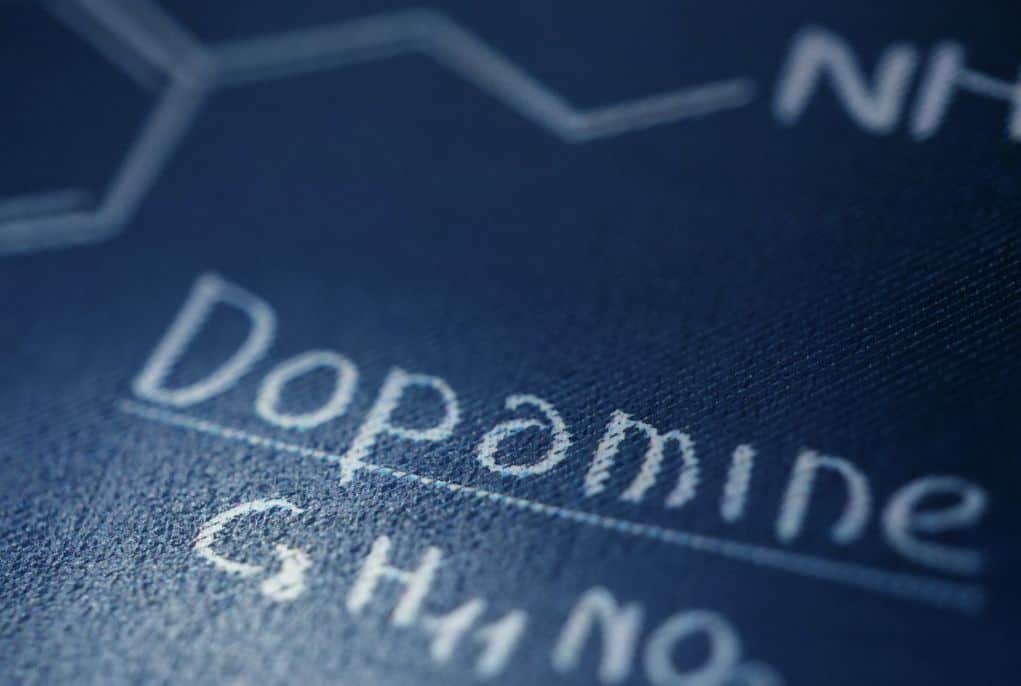
The Impact of Chronic Pain on Opioid Use Disorder
Many individuals begin using prescription opioids to manage chronic pain, but prolonged use can quickly lead to addiction. Prescribed opioids are highly effective at blocking pain signals in the brain, but over time, they can diminish the body’s ability to manage pain naturally.
As tolerance builds, individuals may increase their drug abuse to maintain relief, which accelerates physical dependence. The need for continuous pain management often drives people to misuse their prescriptions or seek out more potent opioids, like heroin or fentanyl, when the effects of prescribed medications wear off. Addressing both the physical pain and addiction simultaneously is crucial in breaking this cycle and supporting long-term recovery.
Social and Environmental Factors
In addition to the physical and neurological effects of opioids, social and environmental factors can also contribute to opioid addiction. Stress, trauma, or exposure to environments where the use of prescription opioids is normalized can increase the likelihood of addiction.
Peer pressure, availability of the drug, and personal life circumstances—such as unemployment or relationship problems—can all play a role in the onset of opioid use disorder. Addressing these external factors is crucial in helping individuals break free from addiction and build healthier, more stable lives.
Opioid Tolerance and Dependence
One of the key reasons opioids are so addictive is that the body quickly develops a tolerance to the drug. This means that an individual needs higher doses over time to achieve the same effects, including pain relief or euphoria.
As the body becomes dependent on opioids, stopping or reducing the dose can lead to withdrawal symptoms. This cycle of increasing doses and withdrawal discomfort makes it difficult to quit using opioids without professional help. Tolerance and dependence reinforce opioid addiction, creating a constant need for the drug to function normally.
The Dangers of Opioid Use Disorder
Opioid addiction, or opioid use disorder (OUD), is classified as a chronic brain disease that affects a person’s ability to control their opioid use, despite harmful consequences. People struggling with opioid addiction are often unable to stop taking the drug, even when it leads to significant health and social problems.
In addition to physical and psychological dependence, opioid addiction can also lead to severe long-term health risks, including respiratory depression, organ damage, and an increased risk of opioid overdose.
The Centers for Disease Control and Prevention (CDC) and the National Institute on Drug Abuse (NIDA) report alarming rates of opioid misuse and drug overdose deaths. Many people who begin taking prescription opioids for legitimate reasons end up developing opioid use disorder.
Misuse of prescription opioids can quickly escalate, especially if someone begins using higher doses than prescribed or turns to illicit opioid drugs to achieve the same level of pain relief or euphoria.
Opioid Withdrawal Symptoms
Opioid withdrawal symptoms can begin as soon as a few hours after the last dose and vary depending on the severity of the addiction. These symptoms arise as the body becomes dependent on opioids to function normally, and withdrawal occurs when opioid use is reduced or stopped. Common symptoms of opioid withdrawal include:
- Anxiety and agitation
- Muscle aches and joint pain
- Sweating
- Runny nose and watery eyes
- Nausea and vomiting
- Diarrhea and abdominal cramping
- Dilated pupils
- Goosebumps and chills
- Yawning and fatigue
- Intense opioid cravings
- Insomnia and restlessness
The physical and psychological discomfort associated with opioid withdrawal is one of the reasons opioids are highly addictive, as many individuals continue using them to avoid these symptoms. These symptoms can vary in intensity based on the level of addiction and the duration of opioid use. Managing these symptoms through medical supervision is crucial in supporting long-term recovery from opioid dependence.
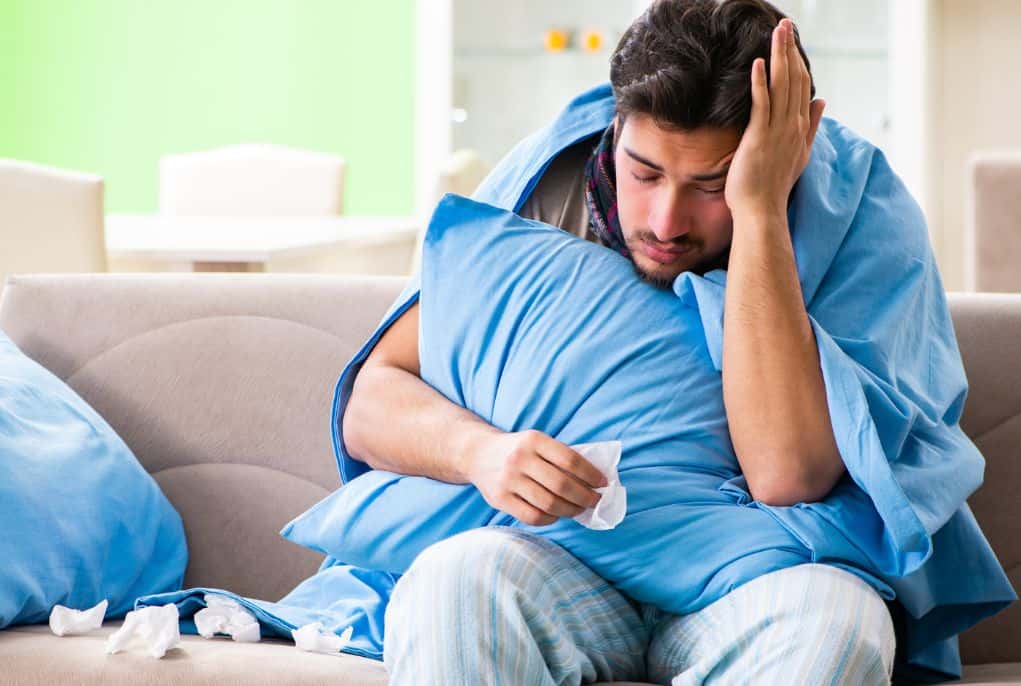
Signs of Opioid Overdose
According to the Drug Enforcement Administration (DEA), overdoses of opioids are not uncommon and can be fatal. Opioid overdose occurs when someone consumes a dangerous amount of opioids, leading to potentially life-threatening effects. Recognizing the signs of an opioid overdose can help prevent fatal outcomes. Common signs include:
- Extreme drowsiness or inability to stay awake
- Shallow or slowed breathing
- Loss of consciousness or unresponsiveness
- Pinpoint (constricted) pupils
- Weak pulse or slow heart rate
- Cold, clammy skin
- Bluish or grayish skin, lips, or fingernails (due to lack of oxygen)
- Gurgling or choking sounds (also known as the “death rattle”)
- Nausea or vomiting
- Limp body
Recognizing these signs early and administering naloxone (Narcan) can help reverse the overdose and prevent potentially fatal outcomes. Immediate medical attention is essential in these situations.
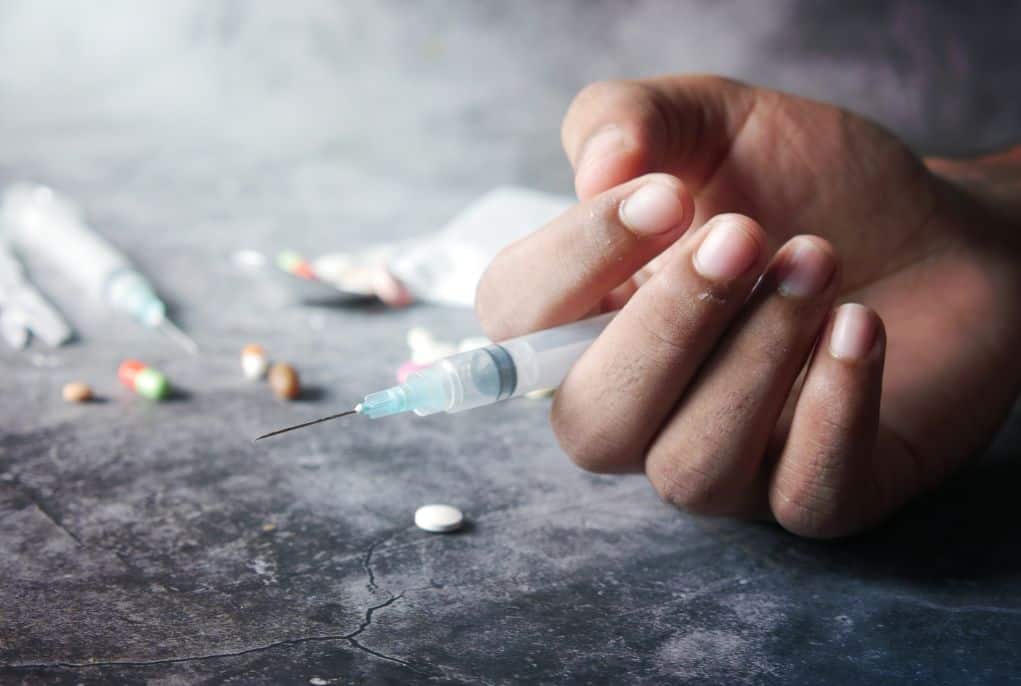
Treatment for Opioid Use Disorder at Right Path Rehab
At Right Path Rehab, we understand the complexities of substance use disorder and offer a range of comprehensive addiction treatment options designed to meet each individual’s unique needs. Recovery from opioid addiction requires a multi-faceted approach, focusing on both the physical and psychological aspects of the disease.
Medically Supervised Detox
The first step in treating opioid use disorder is often a medically supervised detox. Detox is the process of safely removing opioids from the body while managing the uncomfortable and potentially dangerous opioid withdrawal symptoms. At Right Path Rehab, our medical professionals provide around-the-clock care to ensure that individuals detox safely, helping to relieve withdrawal symptoms and reduce the risk of complications during the process.
Medication-Assisted Treatment (MAT)
For individuals struggling with opioid abuse, Medication-Assisted Treatment (MAT) can be a highly effective option. MAT combines the use of effective medications with counseling and behavioral therapy to treat opioid addiction. Medications like methadone, buprenorphine, and naltrexone activate the opioid receptors to help manage cravings, reduce withdrawal symptoms, and prevent relapse by blocking the effects of opioids. MAT has been shown to significantly improve recovery outcomes by providing a more stable foundation for individuals as they work through their addiction.
Behavioral Therapy and Counseling
Therapy is an essential component of treating opioid use disorder. At Right Path Rehab, we offer a variety of behavioral therapies, including Cognitive Behavioral Therapy (CBT) and Dialectical Behavior Therapy (DBT). These therapies focus on identifying the underlying causes of substance use disorder and helping individuals develop healthier coping mechanisms. In addition to individual counseling, we offer group therapy sessions where patients can share their experiences and learn from others on a similar recovery journey.
Addressing Co-Occurring Disorders
Many individuals struggling with opioid addiction also face co-occurring mental disorders like anxiety, depression, or PTSD. At Right Path Rehab, we take an integrated approach to treatment, addressing both substance use disorders and mental health conditions simultaneously. This ensures that all aspects of a person’s health are treated, increasing the likelihood of long-term recovery.
Family Support and Aftercare
Addiction affects not only the individual but also their loved ones. Right Path Rehab offers family therapy sessions to help family members understand addiction and heal together. We also provide comprehensive aftercare planning to ensure that individuals have continued support as they transition back into their daily lives after treatment. This includes ongoing therapy, peer support, and access to resources that help prevent relapse.
The Path to Recovery from Drug Abuse
While opioid addiction can feel overwhelming, it is important to remember that effective treatment is available. Right Path Rehab offers a full spectrum of care, from detox to ongoing support, helping individuals overcome addiction and regain control of their lives. With the right combination of medical care, specialists in addiction medicine, and behavioral therapy, recovery from opioid abuse is possible.
If you or someone you love is struggling with opioid addiction, don’t wait to seek help. Right Path Rehab is here to guide you on the journey to recovery, offering compassionate care and evidence-based treatments that address both the physical and psychological aspects of addiction. Reach out today to learn more about our comprehensive treatment options and take the first step toward a healthier, addiction-free life.
